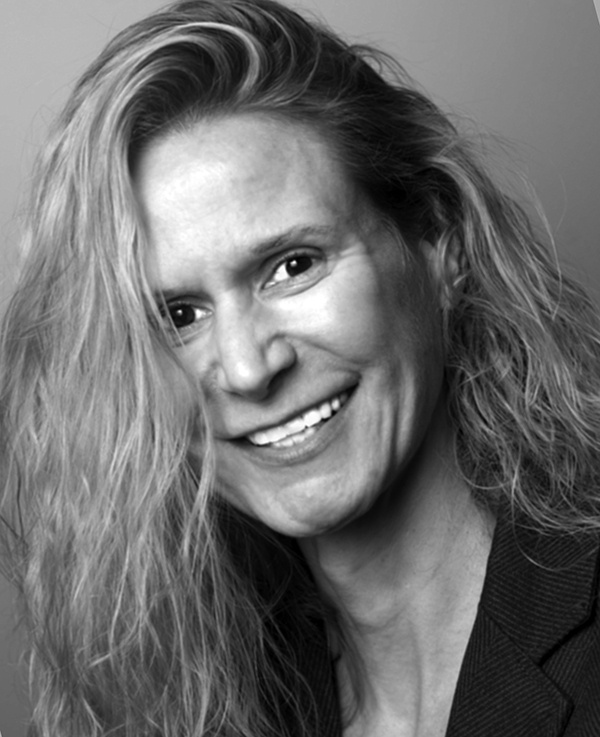On Standards
ISO 41000: Improving Overall Facility Performance
The beginning of the new year is often a time of reflection, a time to celebrate accomplishments and set new goals. For many organizations, it’s also a time to focus on optimizing resources, streamlining processes and improving overall performance. Although we may start the new year with lofty aspirations, facility managers live in a world with time constraints, conflicting demands and limited resources. While continuous improvement may be the goal, just maintaining the status quo is often the reality.
The technical committee for facility management (FM) for the International Organization for Standardization (ISO/TC 267) has been working over the past seven years to provide guidance to the profession that will enable facility managers to achieve these goals, and we have a reason to celebrate. In April 2018, the first management system standard for FM, ISO 41001, Facility management – Management system – Requirement with guidance for use was published. This standard provides a framework to achieve FM objectives in terms of service quality, efficiency and performance. Work is also underway on two new work items (listed at right) that will further advance and standardize the FM industry globally.
In the overall scheme of things, the priority of ISO/TC 267 is “to develop relevant international standards that will … enhance and develop the value that facility management, as a strategic professional discipline, can deliver in consistent and effective manner.” Even as the profession matures, facility managers continue to struggle to articulate and demonstrate the value of FM to their demand organizations. Many job descriptions for facility managers focus on the tactical and operational responsibilities and functions to ensure the day-to-day operations of organization, such as developing and implementing business processes that assure cost-efficient facility operations; developing and managing local facility; and managing contactors and outsourced services. However, for the value of these tasks and functions to be realized, they must be a part of a strategic framework. The ISO 41000 series now offers a framework that will enable FM organizations to demonstrate their strategic importance and deliver value to the demand organization.
The key to achieving this, and the common thread throughout each FM standard, is aligning FM delivery and services to the demand organization’s business strategy and objectives.
Creating a strategic framework as the foundation for the FM organization’s service delivery model requires understanding the context of an FM organization within the demand organization. Demand organizations may have multiple embedded FM perspectives for different facility types that represent different aspects of the core business, but all contribute to the demand organization’s mission. For example, a rail transport organization would have different perspectives for public stations, administration sites, ports, infrastructure and fleet management. The FM organization would need to analyze the full spectrum of FM activities and ensure they are aligned with the organizational mission of “transporting passengers and goods in the safest and most efficient manner.” Understanding what the demand organization is trying to achieve will help clarify the priorities of the FM organization. Good questions to ask include the following:
What are my demand organization’s mission critical activities? How does the FM organization’s activities align these?
For example, a healthcare organization may have the focused mission of improving patient care. Therefore, the FM organization would analyze their activities, and the consequences of not providing an activity, to ensure every activity is prioritized based on the impact of improving patient care. Implementing processes and policies to eliminate or minimize the risks associated with hospital acquired infections would have a high priority and should be communicated to everyone on the FM team.
A higher education organization with a mission to improve or enhance student learning may prioritize FM activities associated with learning spaces or areas where students congregate informally to socialize, depending on the specific demand organization’s mission.
For an airport with a focused mission on improving the passenger experience, the FM organization may want to analyze how their activities directly contribute to improving the passenger experience. Mundane activities such as restroom cleaning become more important when viewed from this perspective.
Who are the demand organization’s interested parties?
Identifying the primary stakeholders can help determine and prioritize the activities of the FM organization as well as the most important key metrics for determining success.
For example, a hospital might have several interested parties such as patients, nursing staff, doctors, researchers, suppliers, visitors and retail vendors. The organizational mission may be to provide high-quality patient care, but the metric to measure the efficiency of the FM organization translates to cost per day per patient bed. The FM organization would need to ensure that the activities they are providing align with the demand organization’s mission to deliver quality patient care while also balancing the need maintain a competitive cost per patient bed to accommodate the financial and other internal stakeholder goals.
What are the key performance indicators (KPI) for the FM organization that align with the demand organization?
It is important that the FM organization measures and tracks KPIs that align with metrics that demonstrate support of the organizational mission. In a hospital, the FM organization may want to track service response time for patient-initiated work orders to align with the mission of providing quality patient care. An airport may want to measure passenger satisfaction of restrooms and airport baggage wait times to determine if the FM organization adequately supporting the mission of improving the passenger experience. An educational organization may want to track classroom metrics that directly affect student learning.
What are the drivers for determining the best sourcing options?
Sourcing, whether outsourced or in-house provided, should consider the demand organization’s mission and operating strategy as well. If the demand organization has decided to focus only on the core business activities, then outsourcing many FM activities may align with this decision. If the demand organization has strategically decided to control all activities for better process control and improved efficiency and visibility, then outsourcing may be a limited option to maintain that alignment.
With answers to these questions, a facility manager can begin to develop a business case to add value to the demand organization and justify the budget required to support the demand organization in a manner that makes the FM organization a value adder, not a cost driver.
If there is one goal we would encourage FMs to aspire to this year, it is to identify the demand organization’s single most important mission-critical activity or strategic objective and ensure that the FM organization can demonstrate how FM activities support this. And remember, we now have the ISO 41000 standard series as a guide.

Laverne Deckert is an Independent consultant, working with organizations to creatively respond to their challenges. She has led research, educational programs, standards, and community development initiatives in the corporate real estate and FM industry. Her primary goal is to bring value to every interaction. Her colleagues value her curiosity and creativity, ability to organize complex information, to facilitate teams in meaningful collaboration, and her focus on strategic goals. Deckert currently as Administrator for the U.S. Technical Advisory Group Administer on behalf of the American National Standards Institute (ANSI) for ISO/TC 267 and as the convenor for ISO/TC 267/AG 1 – Roadmap Advisory Group.

Casey Martin has more than 20 years of building industry experience and is currently engaged in the asset management strategies practice at Jacobs Engineering. In this role, she consults with private and U.S. federal institutions, providing full life cycle perspectives throughout project development stages. Her approach considers important long-term views such as total cost of ownership, reliability-centered maintenance practices, operation strategies, and processes and policies to align asset management with business and mission objectives.
Read more on Standards and Leadership & Strategy
Explore All FMJ Topics






